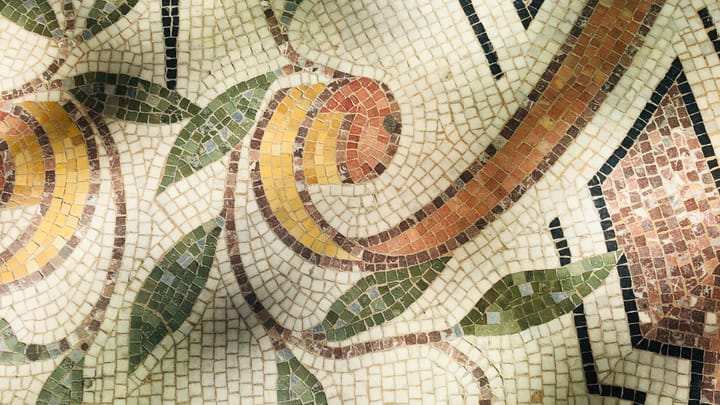Public assets often begin with the hidden creative spark of artists and craftspeople.
In 1814, the Dutch inventor Dietrich Nikolaus Winkel invented the "musical chronometer" in Amsterdam. Soon after, Johann Nepomuk Maelzel essentially stole the idea, modified it, and secured a patent in 1815. A nineteen-century Dutch reality show in the making.
Later that year, the famous composer Ludwig van Beethoven, enthusiastic about the new device, became one of the first composers to include specific tempo markings in musical scores—what we now call beats per minute or BPM. Today, we call this device the metronome. The Cambridge Academic Content Dictionary describes it this way:
“A device that produces a regular beat at a desired speed to help musicians keep the correct rhythm.”
Musicians still use metronomes to rehearse—although often in the form of a phone app instead of the original wooden pyramid. But in the age of digital streaming services, BPM is the one really having a moment. Platforms like Spotify and Apple Music use BPM to suggest songs to you. Stock music for audio and video production can be filtered by BPM. In live performance settings, band members often use in-ear headphones to play along with a click sound set to a specific BPM.
In short, the most lasting legacy of Winkel and Maelzel may very well be a unit of measurement, not the device they created to mark it. They invented the way we measure tempo.
Craft and public goods
Often it's the invisible aspects of our endeavors that become the most influential in the long term. BPM has a long story of growing demand spread out over a few hundred years. But BPM likely wouldn't have had its slow rise if Winkel and Maelzel hadn't first created a beautiful, simple tool. The metronome paved the way for the adoption of a new standard.
Scale often requires a simplicity and clarity that isn't conducive to bespoke craftsmanship or virtuosity. But that doesn't mean fine arts and crafts are relegated to obscurity. Just because there aren't a million Mona Lisas doesn't diminish its influence. (And scale of influence isn't always a primary metric of success, anyway.) Those things that become far-reaching public goods almost always have a past deeply formed by the profound talent of a few dedicated creators—and maybe a few thieves.






Comments ()